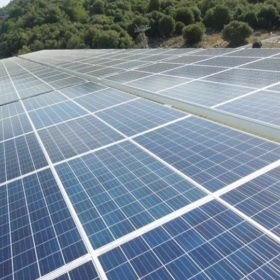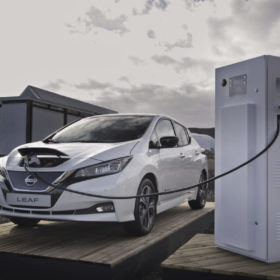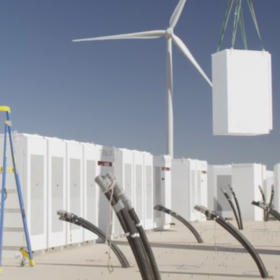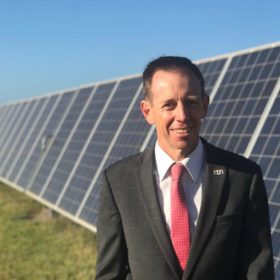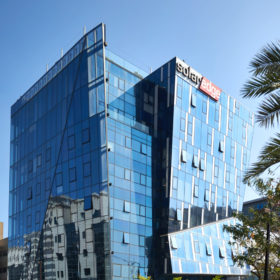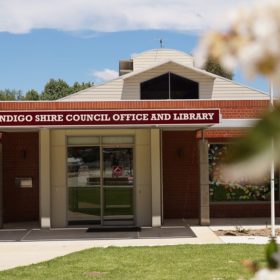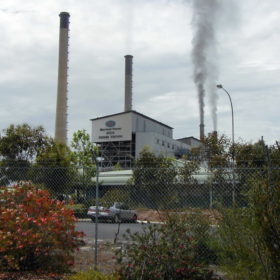Risen Australia achieves 120 MW of rooftop panel sales in a year
Chinese PV module maker Risen Energy has announced it has achieved the highest jump in solar module sales in the Australian market in a one-year period.
‘Unprecedented’ collaboration between EV manufacturers could launch large-scale transition
Energy analysts from the United Kingdom have found that many of the world’s largest car manufacturers launching EVs, or looking to launch EVs, are engaged in an “unprecedented” level of collaboration in order to share the costs and risks inherent in EV development. Cornwall Insight found that the collaboration could see a major boom in supply from the early 2020s.
Neoen gets green light for PV-wind-battery hub in South Australia
French renewables developer Neoen has won development approval from the South Australian government for a major renewable energy project, comprising 125 MW of wind generation, 150 MW of solar PV generation and 130MW/400MWh of lithium-ion battery storage. The project could also integrate up to 50 MW of on-site hydrogen production capability.
Australian Capital Territory announces grant recipients for battery storage rollout
The grant recipients for the fourth phase of the Next Generation Energy Storage program have been announced. Launched in 2016, the $25 million program is supporting the roll out of up to 36 MW of smart battery storage.
SolarEdge posts strong revenue increase, slight drop in net profit
The Israeli inverter manufacturer saw its net profit decline 4% year-on-year to $33.1 million in the second quarter, despite shipping 1.3 GW and seeing a 43% increase in turnover. Gross margins were affected by the increase in U.S. tariffs on China made products.
Indigo joins growing list of councils taking part in Local Government PPA
In addition to joining the host of councils around Australia to declare a climate change emergency and set targets for a 100% renewable future, Victoria’s Indigo Shire Council voted early this week to achieve that goal by taking part in a collaborative Victorian Local Government PPA.
Energy retailers protest wholesale demand response mechanism
Energy companies are pushing back against a proposal to allow large energy consumers to enter the wholesale electricity market, as industry bodies point to the many benefits of the wholesale demand response program.
WA coal generator undercut by rooftop solar boom
Western Australia’s government has announced two units at Synergy’s Muja Power Station will be retired from October 2022. The state government said the coal-fired units were only being used about 35% of the time thanks largely to rooftop solar reducing demand on the grid.
Kennedy solar-wind-battery park switched on following grid connection delay
Australian renewables developer Windlab has connected and energized its landmark energy park in north Queensland, comprising 43 MW of wind, 18 MW of solar and a 4 MWh battery.
Empowering consumers: Wattwatchers aims to harness data to make PV pay
Wattwatchers provides consumers with real-time electricity data that allows them to tailor their electricity use to make best use of their rooftop solar power. Consumer rights to energy data is crucial to a successful future grid with high penetration of DER, says Wattwatchers’ MD Gavin Dietz.
